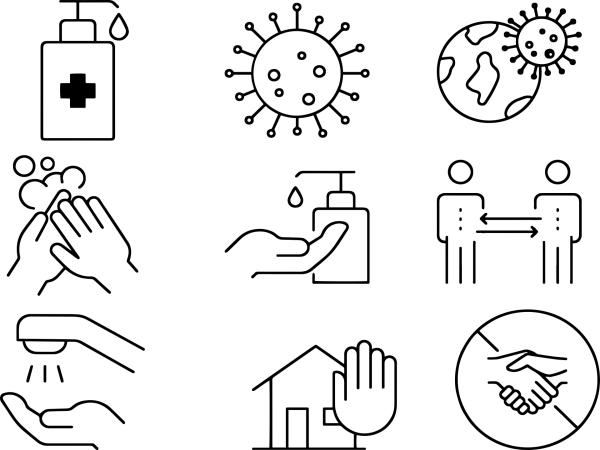From MedScape, the entire video or transcript is worth the time. Hear what an actual expert is saying to the medical community. A true no-spin zone.
Offit: I'll tell you the thing that keeps me up at night on this particular issue. We have two ways of stopping this virus: One is hygienic measures — face masks, social distancing, handwashing — and the other is the vaccine. With those two, we will be able to bring this virus under control. But it will take both.
What worries me is that if you had to pick which is the stronger of the two, I would go with hygienic measures. I mean, if I wear a mask and stand 6 feet away from you, and you wear a mask and stand 6 feet away from me, the chances that I'm going to get the virus from you or you from me is about zero. You have two things going for you. One, you have a mask, which is going to prohibit the virus' small droplets from traveling very far. And two, even if I didn't wear a mask and stand 6 feet away, the odds are also that you wouldn't get it.
Topol: And by the way, if you do get it, you get a lower dose of virus, which is important.
Offit: That's right. You might get more mild disease.
On the other hand, if we have a vaccine and it's 75% effective against moderate to severe disease, that means 1 out of every 4 people can still get sick, including very sick. It also means probably a larger percentage than that 25% could get mild infection, or asymptomatic infection, which they could still shed, even to the point of contagiousness.
We've been asking these trials to look not only at whether they're protecting against moderate to severe disease, but to what extent they are protecting against shed. I think that is important to know. But people have such an unrealistic expectation of these vaccines that they see it as the panacea, as the magic bullet to make it all go away.
If people have unrealistic expectations, such that they think "I've gotten the vaccine, I'm good. I don't need to wear a mask. I don't need to social distance. I can engage in high-risk activities," then we've lost one of the important arms to bring this virus under control, arguably a more important arm. If, when we bring the vaccine up in terms of users, we move social distancing and masking down, we could end up having a sort of break-even effect.
Topol: Well, you're bringing up a critical point and that is, the vaccine effect could actually increase the number of people who are asymptomatic carriers. Because they basically have protection from beyond their mucosa.
But they still have the virus in their nose and their upper respiratory tract to spread. And that's why this coupling of continued hygiene- — masks, distance, and these other measures — is going to be important all the way through until we get a very dense immunity of the population, right?
Offit: There is a formula for this, actually. If you have a 75% effective vaccine against significant shedding, then you would need to immunize about two thirds of the American population to get the R0 to less than 1, meaning to stop spread, which is what you want.
Because you're talking about two-dose vaccines — at least the ones that are initially rolling out — then you're talking about 400 million doses. We're not going to have that, obviously, when the vaccines initially roll out.



